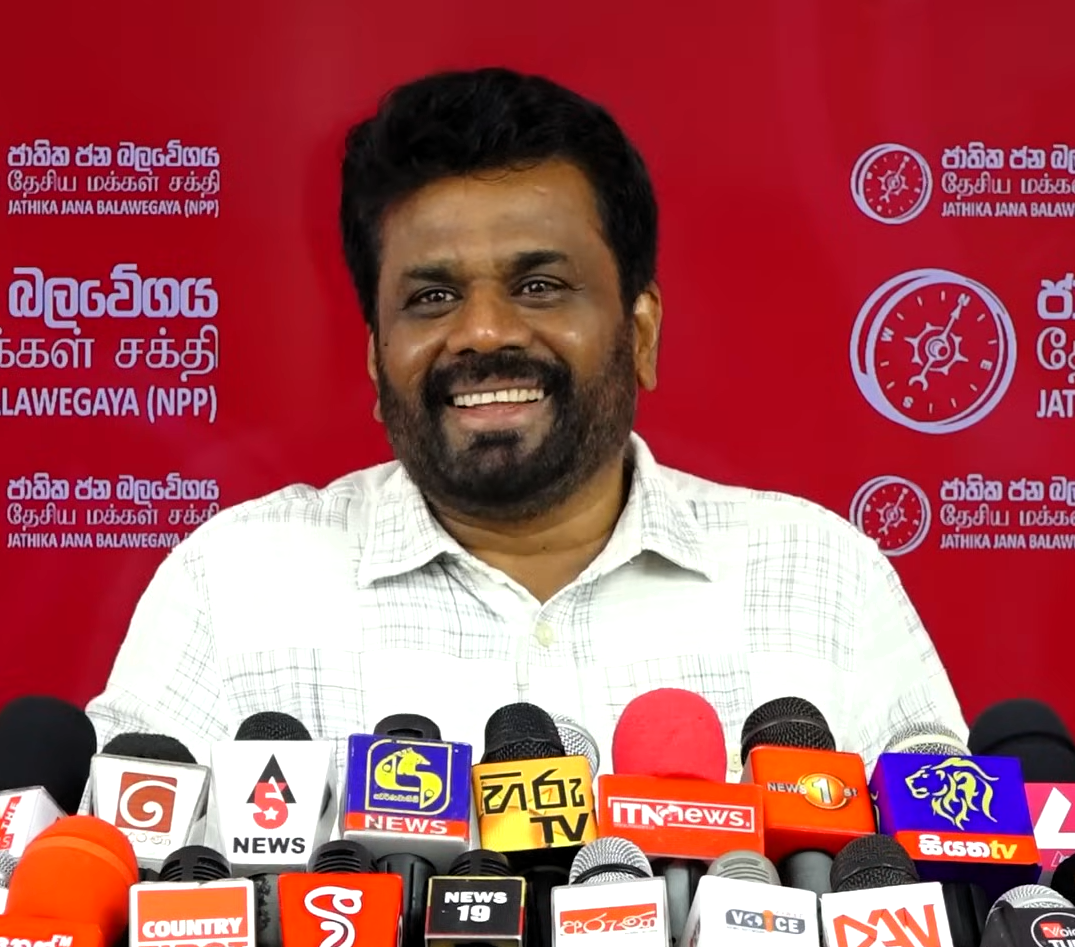By N.G Ishini Shashipraba

The general elections in India 2024 , which occurred over seven phases from April 19th to June 1st, announced the results through the Election Commission of India on June 4th, 2024. India , world’s largest democracy where the Election Commission has estimated the number of eligible voters as 968 million in 2024 election. This election holds significant historical importance as it is recognised as the largest democratic election globally, with over 900 million eligible citizens’ participation in the process of electing members to the lower house of the Indian parliament known as the Lok Sabha, for the next five years. The Lok Sabha supposedly comprises of elected members who act as representatives of the people.
The Bharatiya Janata Party , under the leadership of Prime Minister Narendra Modi ,competed for the third consecutive time, in collaboration with other affiliated parties ,under the National Democratic Alliance (NDA) , as opposed to the Congress Party ,which holds a considerable amount of presence in the national footprint, along with 30 other parties with the aim of wresting the power from Narendra Modi.
As the BJP has secured 240 seats in 2024 elections, the Congress party has secured 99 seats. However in comparison with previous years’ results ,the numbers in favour of BJP have decreased as it managed to secure 303 seats in 2019 elections and 282 seats in 2014 elections , respectively. Although the BJP anticipated a significant win with a larger mandate in 2024 elections, when exercising power, the BJP will need to rely on the opinions of the other parties within the NDA as well.
“..drop in seats could possibly be attributable to reasons such as joblessness, rising inflation, rapid growth in inequality and controversial army recruitment reforms.”
The outcome of this year’s election results surprised many as it rebutted the widespread expectation of the BJP to achieve a higher mandate in terms of votes. The drop in seats could possibly be attributable to reasons such as joblessness, rising inflation, rapid growth in inequality and controversial army recruitment reforms. The infamous long- standing campaigns targeting Muslims and minorities could have also added reasoning to the result of achieving a lower number of seats.
Dr. Irfan Nooruddin, a professor of Indian politics at Georgetown University, has stated that the result is a reflection of rising economic concerns in the country, and the lower economic performance which goes contrary to its portrayal of perfection by the GDP figures which are supposedly inflated. He has further identified that the voters may have empathised with the opposition’s focus on overcoming these issues, which makes BJP to be seen as not to be present in a common ground with voters.
During Modi’s tentative period, the Hindutva was heavily interconnected to India’s national socio- legal and political environments. Removal of statehood for Kashmir (previously India’s only Muslim-majority state.), and implementation of the Citizenship Amendment Act, which prevented Muslims of neigbouring countries from claiming asylum in India are few of the remarkable evidences of adverse effect of the Hindutva promotion to other minorities in India.
“400 seats.. majority would raise threats to some parts of communities in India and would influence potential constitutional changes among the electorate.”
Modi has also made vital promises in his manifesto in favour of Hindu nationalist base of India, which include the revocation of autonomy of Indian-administered Kashmir, the establishment of the Ram temple in Ayodhya, and the implementation of a controversial Citizenship Law. Few BJP governed states have already implemented laws and regulations to demotivate interfaith marriages. Modi’s slogan of “Ab ki baar, 400 paar,” which aimed for over 400 seats for his NDA alliance, backfired as such a majority would raise threats to some parts of communities in India and would influence potential constitutional changes among the electorate.
The experts in the industry assert that significant changes to country’s fundamental foreign policy interests and objectives are less likely to occur .However India will remain with the focus of preserving the regional influence and enhancement of strategic partnerships.
The former diplomat and media and political analyst in Asia, Ranga Kalansooriya has stated that the election results do symbolize the democracy and has further emphasized on the importance of the strength of a strong opposition. India’s strength in political aspect always played out to be beneficial for the entire region;says Kalansooriya. Similarly, Asanga Abeyagoonasekera, Sri Lankan academic and geopolitics analyst, has pointed out that Modi’s third term not only influence Indian foreign policy but also the wider South Asian and Southeast Asian regions, given the concerns about China’s growing influence in the area.
“.. BJP-led coalition government will be forced to turn inward after a disappointing election result.”
During Modi’s previous tenure, attempts were made to make India a bridging power between the West and the Global South, most notably during India’s G20 presidency when it was helping to facilitate the membership of the African Union. The Modi government has promoted India as a civilisational state, referring itself as Bharat Vishwaguru (teacher of the world) and Vishwamitra (friend of the world),these elements would show the assertive nature of Modi’s foreign policy. The more controversial elements of India’s more muscular foreign policy – that have seen allegations of Indian involvement in assassination plots in Canada and the United States – are also likely to be toned down. However, although it is expectant of the continuation of the same nature in the process, it will be a slightly muted version as the new BJP-led coalition government will be forced to turn inward after a disappointing election result.
N.G Ishini Shashipraba is a Research Assistant with The Millennium Project’s South Asia Foresight Network (SAFN) in Washington, D.C.


